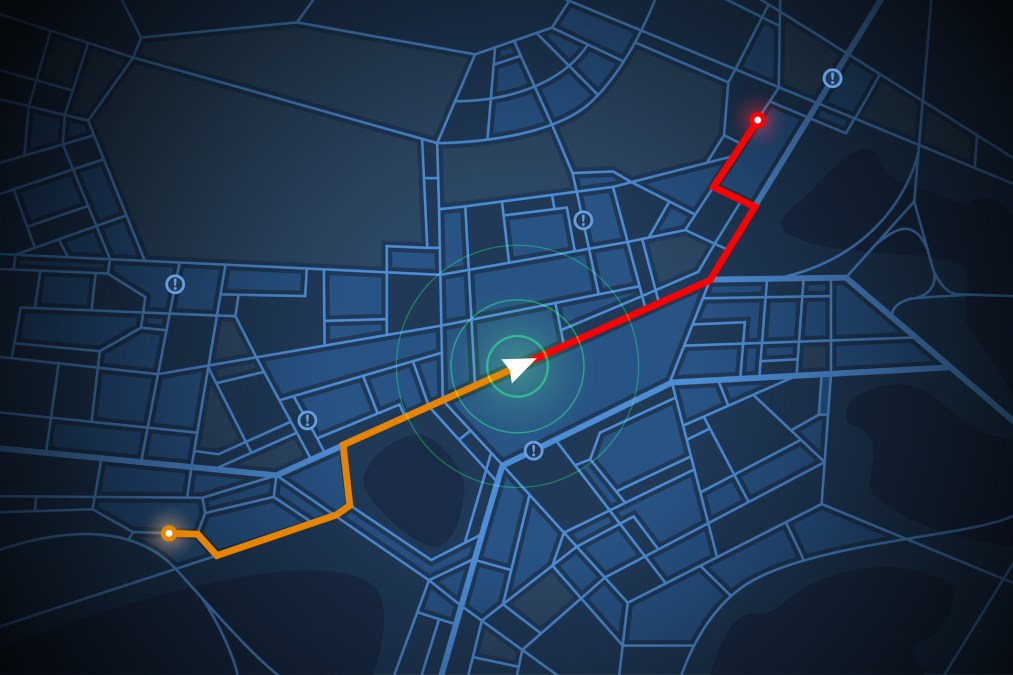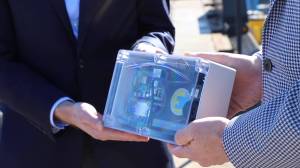Three GIS trends state governments must embrace

As part of the Esri team that supports state government for the adoption of geographic information system (GIS) technology, we get the opportunity to work with a variety of state government agencies who are leading the way in adopting the latest trends and advancements in the field of location intelligence.
There are three major trends emerging today in implementing these technologies across a variety of agencies: mobility, community engagement and machine learning, which is a subset of artificial intelligence.
These trends have allowed governments to efficiently manage and collect real-world assets and make strategic data-driven decisions. They’ve also allowed organizations to transform, becoming smarter and more connected among stakeholders, as well as with the public. Artificial intelligence, in particular, has found new means to improve and enhance agencies’ operations and services.
The most forward-thinking states have governments embracing these top three trends in their enterprises. And they are all accomplished with a scalable, cloud-based GIS platform.
Mobile data collection
All states have infrastructure like bridges or highways, and those structures need to be inspected to protect the health, safety, and welfare of their citizens and property. For instance, dam integrity due to increasing rainfall is a pressing issue for many states considering the growing need for non-carbon-based electricity sources like hydroelectric dams.
The relative age and condition of many US dams is also a major concern. A GIS platform can support a state’s planning, coordinating, navigating, collecting and dam-monitoring workflow with mobile apps that allow for more efficient field data gathering.
States with cloud-based GIS have at their disposal a complete set of tools to support the entire mobile data collection workflow. For example, managers working in a natural resource department can create and assign jobs to field staff inspecting a dam. These inspectors receive their assignments and fill out smart surveys directly from their mobile device to perform a thorough risk assessment. This information is then fed into an operations dashboard allowing managers to quickly review the inspector’s status, dam conditions and the number of inspections completed.
Open data for citizen engagement
Open data and its use on government portals has presented new opportunities for states to share information with their constituents. This communication is now two-way through online GIS-based community engagement apps, which Esri calls Hubs, that organize people, data, and tools through information-driven collaboration. Hubs not only serve as open data portals, they also allow citizens to participate in their communities on specific projects, turning community goals into initiatives.
Constituents can log into an initiative website through their government’s Hub site with their social media accounts, where they can request to attend events, receive updates through email, download initiative data, and take surveys. State governments are starting to create these initiative apps on Hubs to help fight the opioid epidemic, manage performance and encourage economic development.
One Midwestern city in the rust belt was an early adopter of the Hub site, and used it to share plans, decisions, and projects with community members. One major project set aside 1,000 days in which to either rehabilitate or demolish 1,000 abandoned houses throughout the city. In a partnership program with a private organization, the city was offered matching grant funds of up to $10,000 to repair vacant and abandoned properties. The city took action on 1,122 vacant or abandoned properties by its deadline with a repair rate of nearly 40 percent. Following the initiative, the city worked to engage the public on what should be done with vacant parcels, and how they could be better used to drive growth and stability in neighborhoods. Through the Hub site, residents were able to visualize proposed ideas and provide live feedback.
By helping users put open data into the context of top priorities, Hub sites enable governments and communities to work together on policy initiatives that tackle pressing issues.
Machine learning
States that embrace GIS along with predictive data analytics can also solve some of the most daunting problems that large communities face. Machine learning — which allows people to use algorithms to see patterns in large amounts of data — is already being used by cities to make predictions, enabling local governments to make better informed decisions when and where they can have the greatest impact.
In 2015, 128 people were infected, and 12 people died as Legionnaires’ disease spread across a major American city. The bacteria were found to be spreading through water in the cooling towers on top of buildings. There was no existing list of all cooling tower locations. With more than one million buildings in this city, limited inspection resources, and the clock ticking, the city’s data analytics team pulled in the data they had from multiple agencies and built a machine learning algorithm to identify those buildings likely to have contaminated cooling towers. The team raised the hit rate for identifying cooling tower locations from 10 percent to 80 percent, allowing inspectors to find contaminated towers faster.
This kind of predictive capability is an invaluable asset for states where time is a crucial factor. In particular, understanding the best way to allocate public safety resources or where the most likely location a natural disaster will have the biggest impacts are examples of the advantage this technology can afford government organizations.
The foundation of a smart community
A smart community is one which enables its leaders and citizens alike to take and collect the data about where they live and use it to make those places better. Whether that involves improving infrastructure with mobile apps, making the enactment of policy more inclusive and efficient through a simple online site, or organizing quick and targeted response to emergencies with machine learning, states can use GIS to transform their operations. When governments and their constituents know exactly where and when decisions need to be made, communities benefit.
Anthony Puzzo is a senior-level account executive and team lead for Esri based in Washington, D.C., with the company’s state and local government practice. Matt Viverito is a solution engineer with Esri.





